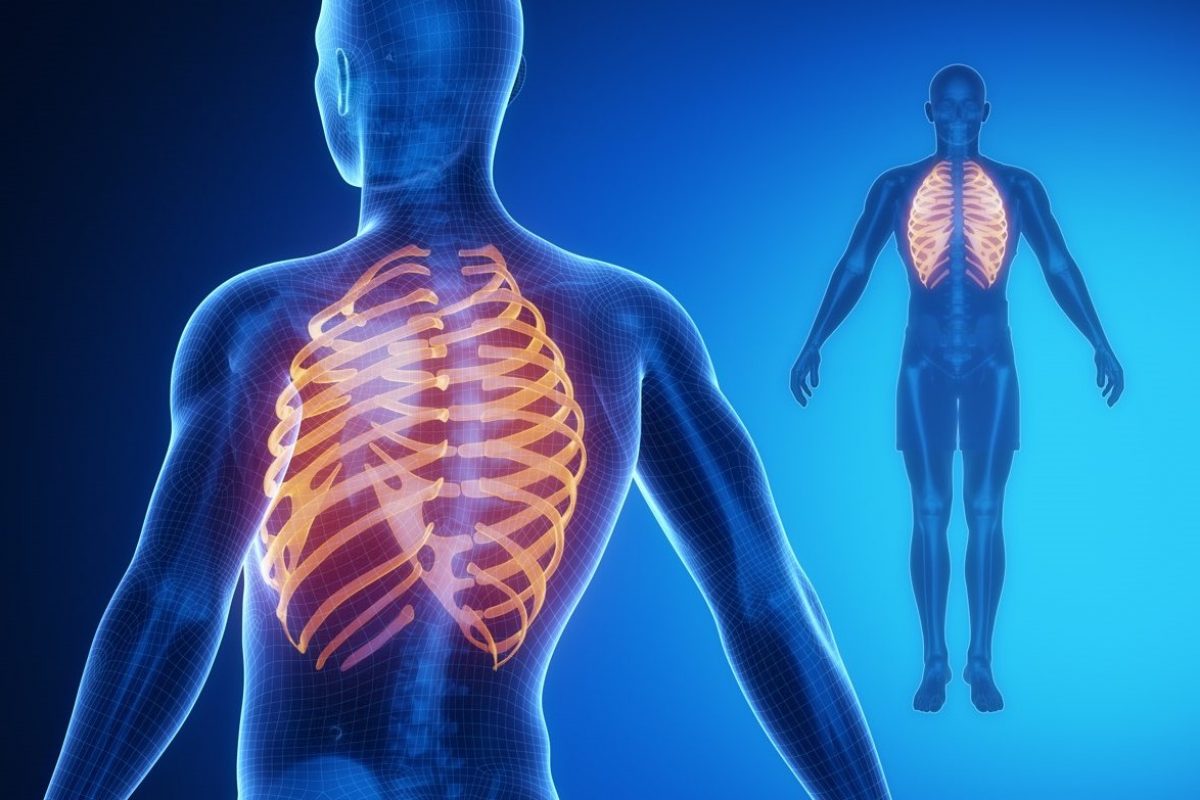
The human body is a marvel of intricate design and fascinating structures, and one of the most remarkable features is the ribs. These bony structures encase and protect vital organs, provide support for the upper body, and play a crucial role in the process of breathing. But there’s more to ribs than meets the eye. In this article, we will explore eight astounding facts about ribs that will leave you awe-struck. From their unique composition to their role in music, these facts will broaden your understanding of the human anatomy and showcase the incredible complexity of our skeletal system. So, let’s dive in and uncover the fascinating world of ribs!
Key Takeaways:
- Ribs are not just bones in our body; they protect our heart and lungs, help us breathe, and come in different shapes and sizes, just like people!
- Ribs can be fractured, but they also make for a delicious dish! From barbecue ribs to baby back ribs, they are enjoyed in cuisines worldwide.
The Structure of Ribs
Ribs are long, curved bones that make up the rib cage, which forms the protective structure around the chest cavity. They are flat, thin, and slightly curved, allowing for flexibility and expansion during breathing.
Ribs Protect Vital Organs
One of the primary functions of ribs is to protect vital organs such as the heart and lungs. They act as a shield, providing a layer of defense and support to these delicate organs.
Types of Ribs
There are 12 pairs of ribs in the human body, categorized into three types: true ribs, false ribs, and floating ribs. True ribs (1-7) are directly attached to the sternum, while false ribs (8-10) are connected to the sternum by cartilage. Floating ribs (11-12) do not attach to the sternum at all.
Ribs Can Be Fractured
Ribs can be prone to fractures due to their thin and fragile nature. Common causes of rib fractures include trauma from accidents, falls, or sports injuries. The pain associated with a fractured rib can be intense and is often worsened by deep breathing or coughing.
The Role of Ribs in Breathing
Ribs play a crucial role in the process of breathing. As the rib cage expands during inhalation, the ribs lift and move outward, creating more space in the chest cavity. This expansion allows the lungs to inflate and take in oxygen.
Ribs Vary in Size
The size and shape of ribs vary among individuals. In general, the upper ribs are shorter and more curved, while the lower ribs are longer and flatter. These variations contribute to the unique characteristics of each person’s rib cage.
Rib Count Can Differ
While the majority of people have 12 pairs of ribs, some individuals may have an extra pair or fewer pairs of ribs. This variation is rare and usually doesn’t cause any health issues.
Ribs in Cuisine
Ribs are not just part of the human anatomy; they are also enjoyed as a delicious dish in many cuisines. Barbecue ribs, spare ribs, and baby back ribs are popular culinary treats loved by meat enthusiasts worldwide.
Conclusion
In conclusion, ribs play a crucial role in protecting vital organs, supporting the respiratory system, and aiding in body movement. They are not only strong but also flexible, allowing for expansion during breathing while providing stability and structure to the chest. Understanding the anatomy and functions of ribs helps us appreciate the complexity and sophistication of the human body. So, the next time you enjoy a tasty barbecue rib or feel a sharp pain in your side, remember the astounding facts about ribs and their significance in our daily lives.
FAQs
1. How many ribs do humans have?
On average, humans have 24 ribs, with 12 pairs. However, some individuals may have an extra rib known as a cervical rib.
2. Can ribs regenerate if they are broken?
No, ribs cannot regenerate on their own. Once broken, the body forms a protective callus around the fractured rib to facilitate healing. It may take several weeks or months for a broken rib to fully heal.
3. What is the purpose of floating ribs?
Floating ribs refer to the last two pairs of ribs (11th and 12th) that are not connected to the sternum. They provide additional flexibility and protection for the lower organs.
4. Are ribs only found in humans?
No, ribs are not exclusive to humans. Most vertebrate animals, including mammals, reptiles, birds, and fish, have some form of rib structure that provides protection and support to their bodies.
5. Can ribs be transplanted?
Yes, rib transplantation is possible, especially in medical procedures such as reconstructive surgeries or to replace damaged or missing ribs. However, it is a complex procedure and requires careful consideration and expertise.
Hungry for more rib-related knowledge? Sink your teeth into baby back ribs nutrition facts, exploring the nutritional value behind this beloved dish. Craving a night out? Montanas Rib and Chop House nutrition facts reveal what's on the menu at this popular restaurant chain. Pork ribs nutritional facts provide a comprehensive look at the dietary details of this classic barbecue staple, helping you make informed choices when firing up the grill.
Was this page helpful?
Our commitment to delivering trustworthy and engaging content is at the heart of what we do. Each fact on our site is contributed by real users like you, bringing a wealth of diverse insights and information. To ensure the highest standards of accuracy and reliability, our dedicated editors meticulously review each submission. This process guarantees that the facts we share are not only fascinating but also credible. Trust in our commitment to quality and authenticity as you explore and learn with us.


